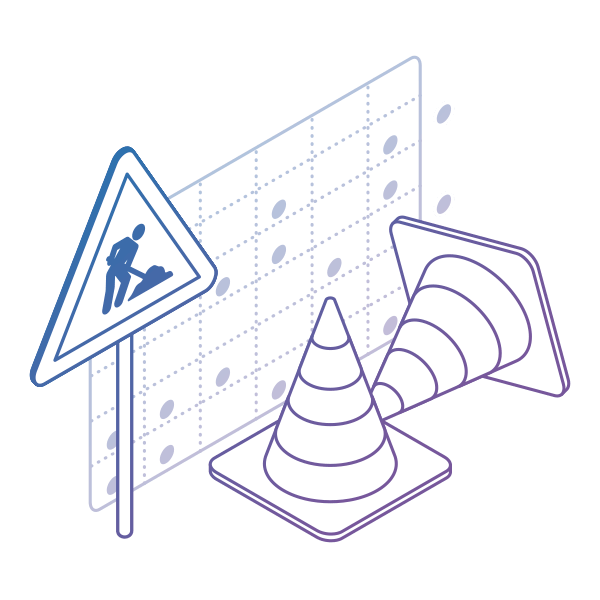Product management is a critical business function that helps companies develop and launch successful products. If you're interested in pursuing a career in product management, you may be wondering what exactly this role entails.
At its core, product management is the process of overseeing the development, launch, and ongoing success of a company's products. Once a product is launched, product managers monitor its performance and work to improve it based on customer feedback and market trends continuously.
If you're considering a career in product management, it's important to understand the key skills and competencies required for success in this field.
What Is Product Management?
Product management is the process of overseeing the development and lifecycle of a product from ideation to launch and beyond. It encompasses various activities, including ideation, development, launch, and ongoing optimization.
The primary goal of product management is to ensure that the product meets customer needs, aligns with business objectives, and remains competitive in the market. This involves market research, defining the product vision and strategy, prioritizing features, collaborating with cross-functional teams, and adapting to changing market conditions.
Product management plays a crucial role in driving innovation, maximizing product value, and contributing to the overall success of an organization. Effective product management involves constant adaptation to market changes, customer feedback, and the organization's evolving goals.
The History of Product Management
The concept of product management traces its roots back to the challenging times of the Great Depression in the early 20th century. It was during this period that a forward-thinking 27-year-old marketer, Neil H. McElroy, proposed the groundbreaking idea of a "brand man" – an individual specifically dedicated to managing a particular product rather than adhering to the conventional business roles of the time.
This innovative approach, outlined in McElroy's 1931 memo advocating for the need for "brand men," laid the foundation for the evolution of product management. The philosophy gained momentum over the years, influencing visionaries like Bill Hewlett and David Packard during McElroy's advisory role at Stanford University in the late 1930s.
The subsequent decades witnessed the successful implementation of the "brand man" philosophy at Hewlett-Packard, sustaining remarkable growth from 1943 to 1993. Additionally, developments such as Toyota's JIT manufacturing principles and the kanban method in the late 1940s and 1953, respectively, further shaped the product management landscape.
The 1970s saw the emergence of lightweight processes in the U.S. tech industry, challenging the cumbersome approaches rooted in manufacturing industries. By the 1980s, the adoption of agile processes, coupled with a growing acceptance of "brand management" roles, became prevalent in technology and software companies.
The pivotal year 2001 marked the formulation of the Agile Manifesto, breaking down departmental silos and outdated processes to pave the way for a unified product management role. The rich history of product management, evolving through economic challenges and technological advancements, continues to play a vital role in shaping the success of organizations across various industries and geographies.
Product Management vs. Project Management
Product management and project management are two distinct disciplines that play crucial roles in the development and delivery of products and projects within an organization.
Product management focuses on the strategic aspects of developing and delivering a successful product, including defining the product vision, prioritizing features, and aligning with business goals. It operates throughout the entire product lifecycle, adapting to market changes.
Project management, on the other hand, is concerned with the tactical aspects of executing a specific project within defined constraints of time, scope, and budget. Project managers focus on planning, organizing, and monitoring tasks to ensure the successful completion of a project with specific deliverables.
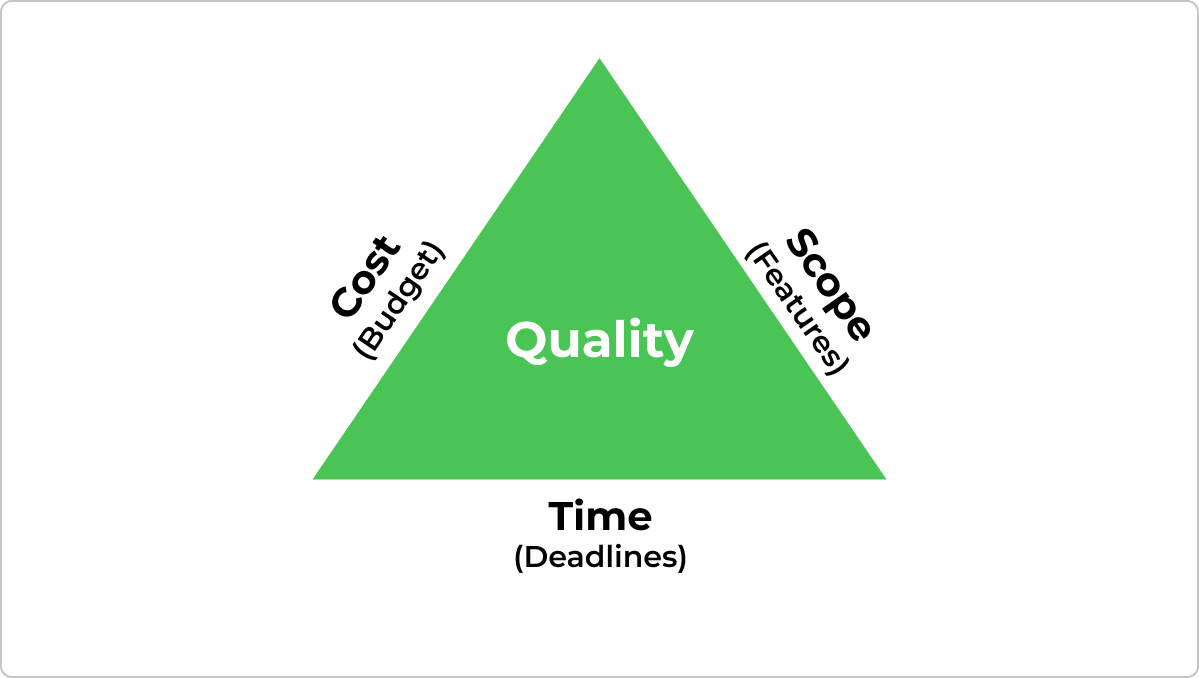
What Are the Roles and Responsibilities in Product Management?
Product Management encompasses a variety of roles and responsibilities, although the field generally doesn’t have a lot of specialized subcategories. Product professionals are typically expected to engage in a broad range of tasks. Despite this, there are distinct tiers of seniority and additional responsibilities within the career.
It's important to note that certain roles often get incorrectly associated with product management. These include project management, program management, product marketing, and scrum masters.
While these roles frequently collaborate with the product management team, they don't fall under the umbrella of product management, as they do not actively contribute to defining the product or report to those who do.
Product Manager
The product manager is the person who is responsible for the success of the product. They are the ones who define the product strategy, create the product roadmap, and prioritize the features that need to be built. They work closely with the development team to ensure that the product is built according to the specifications and that it meets the needs of the customers.
The product manager is also responsible for the product's go-to-market strategy, which includes pricing, positioning, and promotion. They work with the marketing team to create a marketing plan that will generate demand for the product.
Cross-Functional Teams
The product manager has a cross-functional role, which means that they work closely with other teams in the organization. They work with the development team to ensure that the product is built according to the specifications, and they work with the marketing team to create a go-to-market strategy.
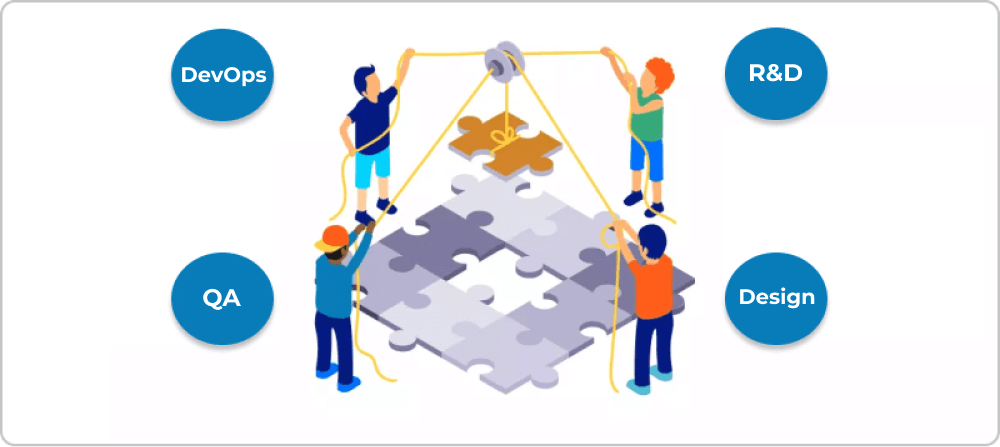
The product manager also works with the sales team to ensure that they have the tools and resources they need to sell the product. They work with the customer support team to ensure that they have the information they need to help customers with any issues they may have.
Stakeholder Management
Stakeholder management is another important responsibility of product management. The product manager is responsible for managing the expectations of stakeholders, which include executives, investors, and customers. They must communicate the product strategy and roadmap to stakeholders and ensure that they are aligned with the company's goals.
The product manager is also responsible for managing the product's budget. They must ensure that the product is being developed within the budget constraints and that it will generate a return on investment for the company.
Product Management’s Strategic Function
Product management is a strategic function that plays a crucial role in the success of a product. As a product manager, you are tasked with determining the overall reason for a product's existence - the product's "Why". This involves understanding the market, identifying customer needs, and defining the product's unique value proposition.
One of the primary responsibilities of a product manager is to communicate product objectives and plans to the rest of the company. This ensures that everyone is working towards a shared organizational goal. As a product manager, you must be able to effectively communicate with stakeholders, including executives, developers, designers, and sales teams.
Product management involves a wide array of strategic responsibilities, but it's crucial to recognize that product managers shouldn't be burdened with the granular details of the development process.
Instead, many organizations opt to delegate specific aspects to project managers who handle tasks like managing workloads. This clear separation of duties allows product managers to concentrate on the overarching strategic aspects without wasting time on operational minutiae.
What Is the Product Management Process?
The product management process doesn’t follow a singular, universally accepted approach. Its methodologies will shift and tailor themselves to the specific needs of the organization, the stage in the product lifecycle, and the preferences of product team members and executives.
Despite the absence of a rigid framework there exists a consensus within the discipline regarding best practices. Although adherence to a strict set of rules is not obligatory, the fundamental principles are widely acknowledged and accepted.
Step 1: Defining the Problem
The first step in the product management process is defining the problem. This involves identifying a high-value customer pain point and understanding the needs and desires of the target market. Once the problem is defined, the product manager can begin to develop a solution.
Step 2: Quantifying the Opportunity
After defining the problem, the product manager must quantify the opportunity. This involves analyzing the market size, potential revenue, and the competitive landscape to determine the feasibility of the product.
Step 3: Researching Potential Solutions
Once the opportunity has been quantified, the product manager can begin researching potential solutions. This involves brainstorming and evaluating different ideas, conducting user research, and gathering feedback from stakeholders.
Step 4: Building an MVP
After researching potential solutions, the product manager can begin building a minimum viable product (MVP). The MVP is a simplified version of the product that allows the product manager to test the market and gather feedback from early adopters.
Step 5: Creating a Feedback Loop
Once the MVP has been launched, the product manager must create a feedback loop. This involves gathering feedback from customers, analyzing user data, and iterating on the product to improve its functionality and usability.
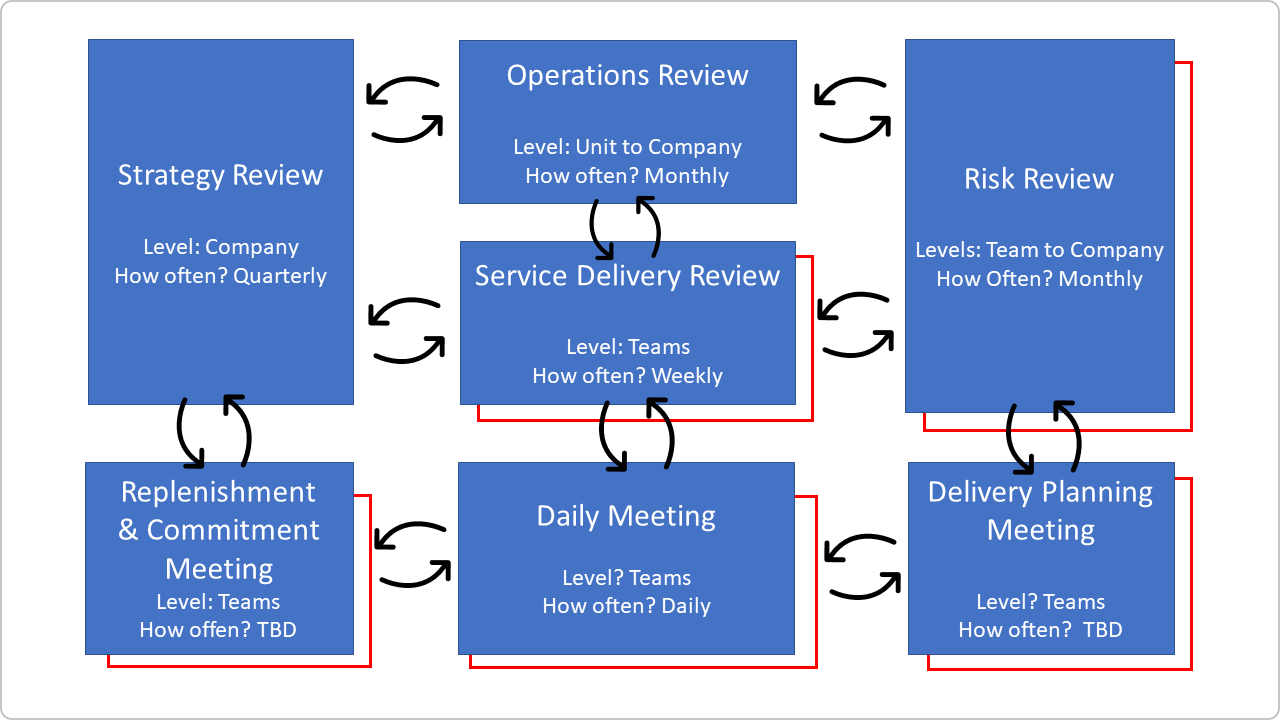
Step 6: Setting the Strategy
After gathering feedback and iterating on the product, the product manager can set the strategy. This involves defining the product roadmap, prioritizing features, and aligning the product with the company's strategic goals and objectives.
Step 7: Driving Execution
Finally, the product manager must drive execution. This involves managing the product development process, working with cross-functional teams, and ensuring that the product is delivered on time and within budget.
Remember, while there is no single “right” way to manage a product, the basic tenets of the product management process are widely accepted. By following these steps, you can ensure that your product is developed, launched, and continually improved to meet the needs of your target market.
Agile and Lean Methodologies in Product Management
Agile and Lean are two popular methodologies in product management. They both emphasize customer-centricity, iterative development, and continuous improvement. However, there are some differences between the two.
Agile Methodology
Agile methodology is a work management approach that values customer collaboration, flexibility, and rapid iteration. It involves breaking down a project into small, manageable tasks and completing them in short iterations called sprints. Agile methodology is based on the Agile Manifesto, a set of principles that emphasize individuals and interactions, working software, customer collaboration, and responding to change.
Agile methodology is well-suited for product management because it allows teams to quickly respond to changing market conditions and customer needs. It also encourages collaboration between product managers, developers, and other stakeholders, which can lead to better products and faster time-to-market.
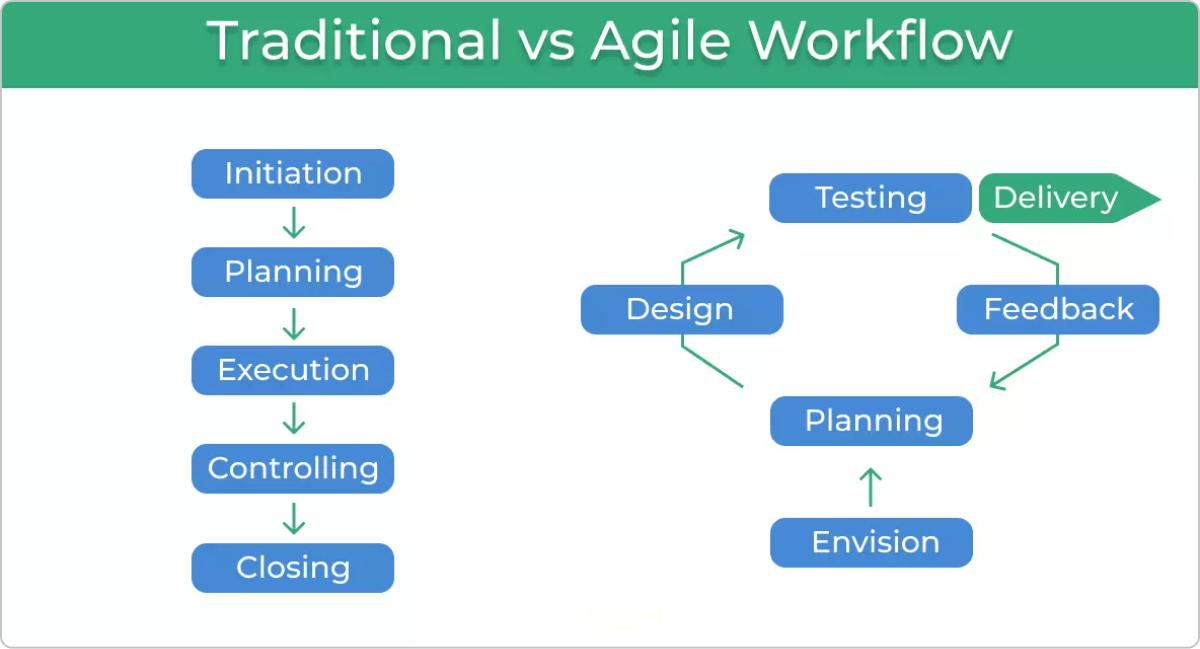
Lean Methodology
Lean methodology is a systematic approach to eliminating waste and maximizing value. It involves identifying the value stream, or the sequence of steps required to deliver value to the customer, and then eliminating any steps that do not add value.
Lean methodology is based on the Toyota Production System, a set of principles and practices for manufacturing that emphasizes continuous improvement, respect for people, and the elimination of waste. By focusing on value and eliminating waste, product managers can create products that are more efficient, cost-effective, and customer-centric.
What Are the Most Important Product Management Skills?
Product management is a complex role that requires a diverse set of skills. Here are some of the most important skills that a product manager should have:
Communication Skills
Effective communication is essential for a product manager. They must be great listeners to gather feedback from customers and stakeholders. They should also be able to convey the product’s mission in a way that is easily understandable to others. A product manager must be able to work well with various stakeholders to understand their goals and needs.
Evangelizing and Alignment
Product managers must socialize and evangelize the product’s vision, goals, and roadmap to the entire organization. They must create alignment, generate buy-in, and get the whole company on the same page.
Collaboration
Collaboration is key to creating a fantastic user experience. Product managers work with the product development organization, including engineers, architects, and quality assurance teams. They must also collaborate with UX designers to deliver exceptional products.
Technical Skills
Product managers need a foundational grasp of technical concepts, enabling meaningful communication with engineering teams. It's crucial for them to assess whether their decisions contribute to significant technical debt and effectively manage existing debt. Additionally, they should possess sufficient knowledge to use their product and empathize with the needs of the target customers.
Business Savvy
Product managers must have keen business smarts. They are responsible for outlining a vision and setting goals for the product, then translating these abstract concepts into actionable tactics to bring them to fruition. They must find product-market fit and assess requests from customers and prospects. They are integral to making sure the product is financially and strategically successful.
Challenges in Product Management
Product management is a complex and multifaceted process that involves a wide range of challenges. As a product manager, you are responsible for overseeing the entire product lifecycle, from ideation to launch and beyond. Here are some of the most common challenges you may face in product management:
1. Balancing Competing Priorities
One of the biggest challenges in product management is balancing competing priorities. You must balance the needs of your customers, the goals of your company, and the limitations of your resources. You must also balance short-term and long-term goals, as well as the needs of different stakeholders.
2. Managing Stakeholder Expectations
Product management involves managing the expectations of a wide range of stakeholders, including customers, executives, developers, and designers. You must be able to communicate effectively with each stakeholder group and manage their expectations throughout the product development process.
3. Staying on Top of Market Trends
To be successful in product management, you must stay on top of market trends and emerging technologies. You must be able to identify new opportunities and adapt to changing market conditions. This requires a deep understanding of your target market, as well as a willingness to experiment and take risks.
4. Building and Leading Effective Teams
Product management requires building and leading effective teams. You must be able to recruit and retain top talent, foster collaboration and communication, and provide your team with the resources they need to succeed. This requires strong leadership skills, as well as the ability to motivate and inspire your team.
5. Making Data-Driven Decisions
Finally, product management requires making data-driven decisions. You must be able to gather and analyze data to inform your product decisions, as well as communicate your findings to stakeholders. This requires a deep understanding of data analysis tools and techniques, as well as the ability to present complex data in a clear and concise manner.
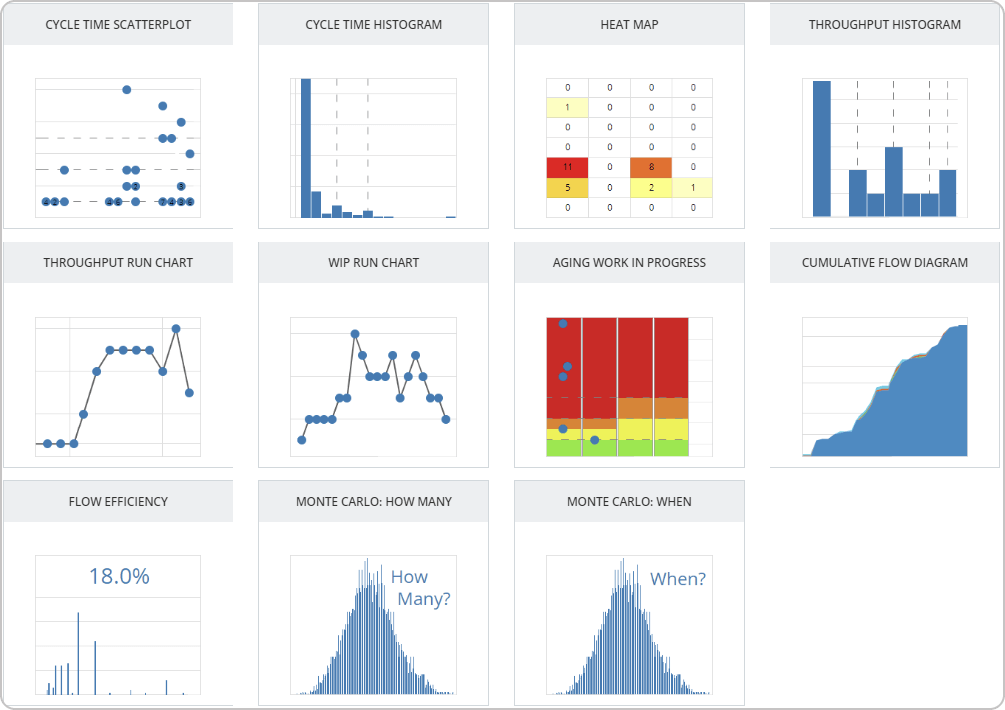
Workflow analytics module in Businessmap (formerly Kanbanize)
Overall, product management is a challenging but rewarding role that requires a wide range of skills and expertise. By staying on top of market trends, managing stakeholder expectations, and building effective teams, you can overcome these challenges and drive success for your product.
Future Trends in Product Management
Product management is a constantly evolving field, and it is important to stay up-to-date with the latest trends to remain competitive. Here are some of the future trends in product management that you should be aware of:
1. Data-Driven Decision Making
Data-driven decision-making has been a trend in product management for a while now, but it is likely to become even more important in the future. As technology continues to advance, product managers will have access to more data than ever before. This data can be used to inform decisions about everything from product features to pricing strategies.
2. Increased Focus on User Experience
User experience (UX) has always been important in product management, but it is likely to become even more important in the future. As competition increases and customers become more discerning, product managers will need to focus on creating products that are not only functional but also easy and enjoyable to use.
3. Integration of Artificial Intelligence (AI)
Artificial intelligence (AI) is already being used in many areas of product management, but it is likely to become even more prevalent in the future. AI can be used to automate many tasks, such as data analysis and customer support, freeing up product managers to focus on more strategic tasks.
4. Increased Importance of Ethics
As technology continues to advance, product managers will need to navigate increasingly complex ethical considerations. Issues like data privacy and AI bias will become more important, and product managers will need to be prepared to address them.
Overall, the future of product management looks exciting and challenging. By staying up-to-date with the latest trends and technologies, you can position yourself to be successful in this dynamic field.
Businessmap is the most flexible software
to align work with company goals








